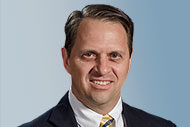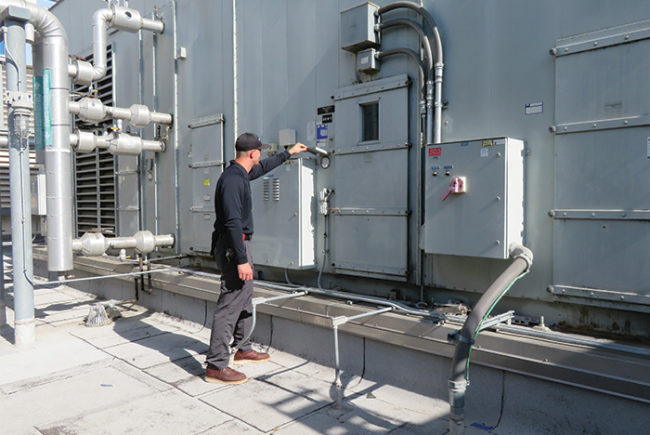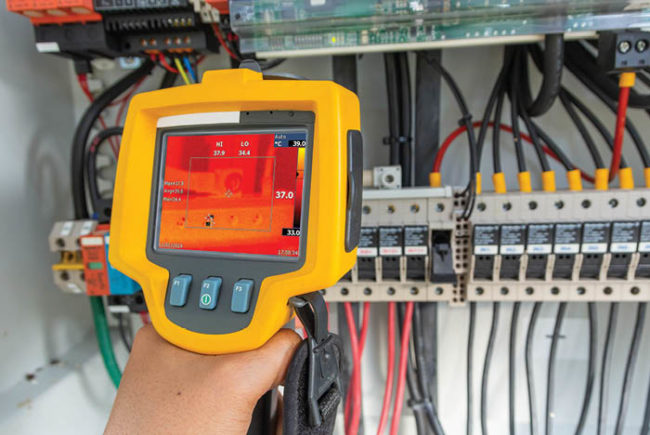Manufacturer’s recommendations for building and medical equipment and devices in health care facilities can be a pain in the computerized maintenance management system! These inspection activities or frequencies can lead to questions like: “These things have never failed, so why are we inspecting them every month?” “Does pressing the test button really test this thing?” “If I press it too many times, isn’t it going to wear out?”
Leadership may consider cutting corners on inspection, testing and maintenance (ITM) because hospital staff, contracted services or a combination of both perform these activities. But skipping ITM activities could risk the reliability of the equipment or void the warranty. Instead of thinking about why it shouldn’t be done, there may be creative solutions to ensuring the completion of ITM activities.
Many of our hospital colleagues do not really understand what facilities professionals do until something does not work. Therefore, an option for getting tasks completed is to get assistance from other departments. What about security? How about environmental services? Both groups round the entire building or complex. Could a nursing unit or the perioperative department help with an inspection?
After all, it is their space. By engaging colleagues from multidisciplinary teams in ITM activities, they may gain an appreciation for what it takes to keep the building operating and remove a task from our list.
Another option is to develop an alternate equipment management (AEM) program, which involves compiling performance data, developing a risk assessment, identifying maintenance activities and constructing schedules. This takes a bit of upfront work but pays dividends in the end. (For more on AEMs, see the Centers for Medicare & Medicaid Services’ S&C letter 14-07-Hospital.)
Regardless of the strategy used to maintain the equipment or devices, it is important to keep our motivation in mind: We operate and maintain the health care environment in a manner that promotes the safety and well-being of our patients, staff and visitors.
Richie Stever, MHA, CHFM, CLSS-HC, LEED AP, vice president of real estate and property management for the University of Maryland Medical System.





